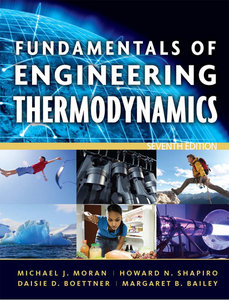

1-7C The right choice between a crude and complex model is usually the simplest model which yields adequate results. Finally, the problem is solved using an appropriate approach, and the results are interpreted. The relevant physical laws and principles are invoked, and the problem is formulated mathematically. When preparing a mathematical model, all the variables that affect the phenomena are identified, reasonable assumptions and approximations are made, and the interdependence of these variables are studied. 1-6C Modeling makes it possible to predict the course of an event before it actually occurs, or to study various aspects of an event mathematically without actually running expensive and time-consuming experiments. The analytical approach (analysis or calculations) has the advantage that it is fast and inexpensive, but the results obtained are subject to the accuracy of the assumptions and idealizations made in the analysis. However, this approach is expensive, time consuming, and often impractical. 1-5C The experimental approach (testing and taking measurements) has the advantage of dealing with the actual physical system, and getting a physical value within the limits of experimental error. The sizing problems deal with the determination of the size of a system in order to transfer heat at a specified rate for a specified temperature difference. 1-4C The rating problems deal with the determination of the heat transfer rate for an existing system at a specified temperature difference. It was abandoned in the middle of the nineteenth century after it was shown that there is no such thing as the caloric. 1-3C The caloric theory is based on the assumption that heat is a fluid-like substance called the "caloric" which is a massless, colorless, odorless substance. (a) The driving force for fluid flow is the pressure difference. (b) The driving force for electric current flow is the electric potential difference (voltage). 1-2C (a) The driving force for heat transfer is the temperature difference. Heat transfer, on the other hand, deals with the rate of heat transfer as well as the temperature distribution within the system at a specified time. 1-1C Thermodynamics deals with the amount of heat transfer as a system undergoes a process from one equilibrium state to another.


 0 kommentar(er)
0 kommentar(er)
